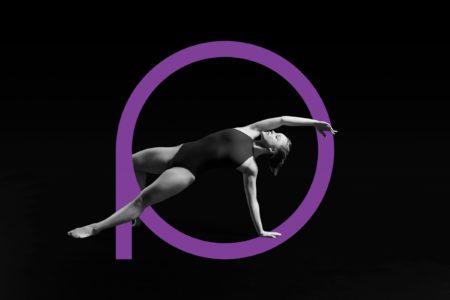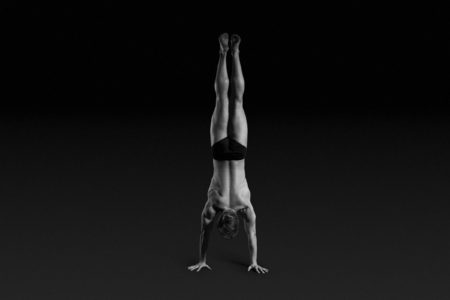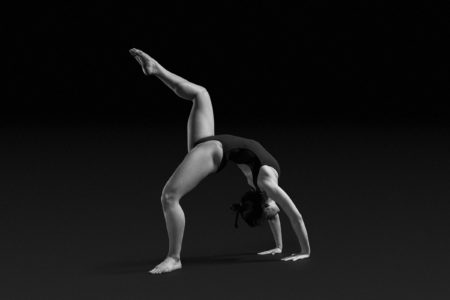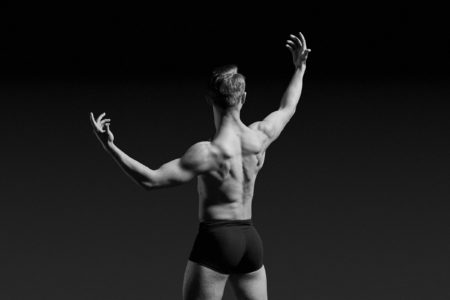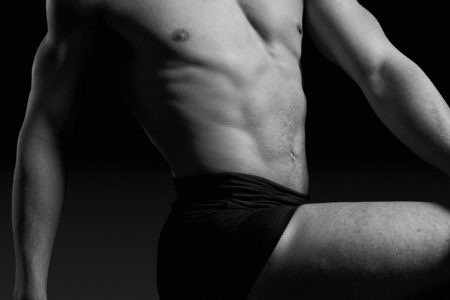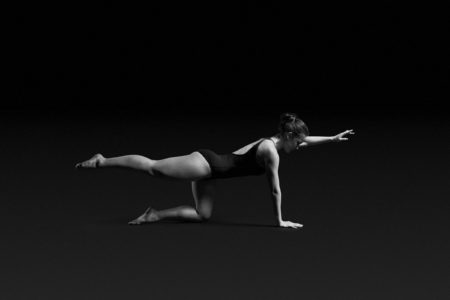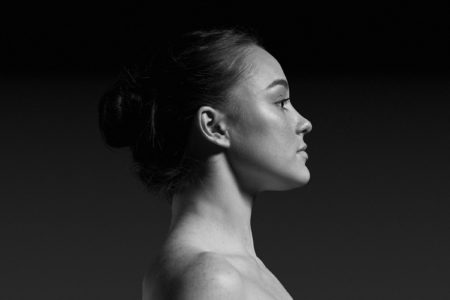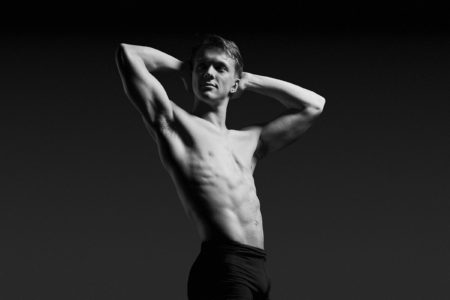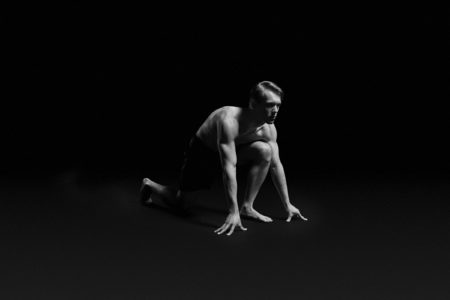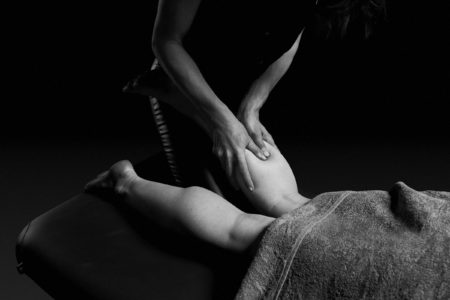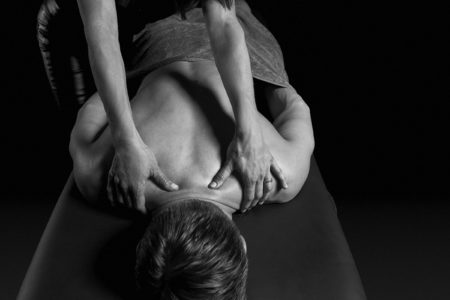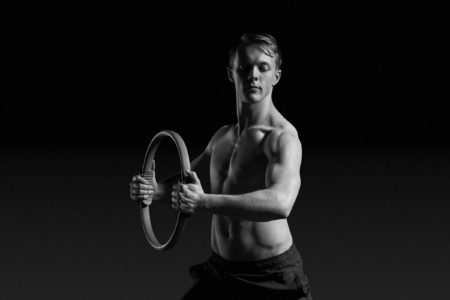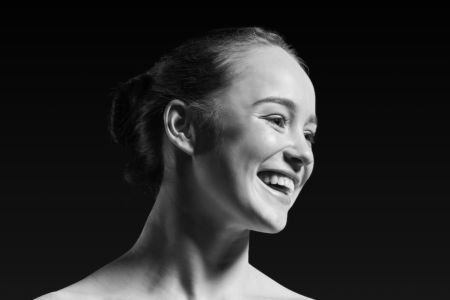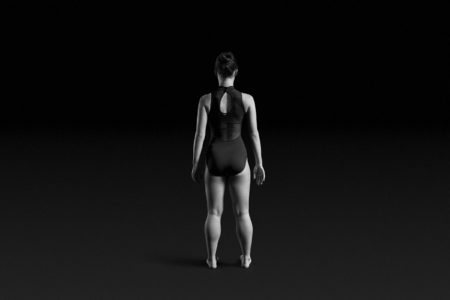Suite 3, Ground Floor, The Gateway,
312 St Kilda Road, Southbank, VIC, 3006
Adolescent Idiopathic Scoliosis – what does it mean?

So, you’ve received a diagnosis of Adolescent Idiopathic Scoliosis… but what does it actually mean?!
What is Scoliosis?
Did you know that “Scoliosis” is not actually a diagnosis but, in fact a term used to describe an observed curve and rotation in the spine? Much like “kyphosis” or “lordosis” is used to describe the known and expected concave/convex curvature of the spine, “scoliosis” is used when identifying an observed variation in spinal alignment.
There are many reasons why scoliosis may develop. Extremely mild cases (<10 degrees variation from “normal”) may simply be linked to a muscle imbalance or asymmetrical training load. This in itself is not a reason for medical/therapeutic intervention, however if the curve continues to progress beyond 10 degrees or if you start to experience symptoms such as back, neck or shoulder pain/stiffness, a physiotherapist can help manage your symptoms and instigate further investigations when appropriate.
Adolescent Idiopathic Scoliosis (AIS)
This is the diagnosis – AIS! A form of scoliosis that starts during early puberty. Early diagnosis is key as the curve can progress as the adolescent hits those huge growth spurts in the coming years. Generally, once the adolescent finishes growing the progressions of the curve tends to stabilise, however the curve usually remains which may cause ongoing symptoms in adulthood. Don’t worry though, management of curve-related symptoms as an adult is possible with guidance from a physiotherapist!
Causes
While a family history of AIS may cause a predisposition, there is not always a strong genetic link and there can often be generations between cases! Severe cases of AIS are much more common in females compared to males, but scoliosis is not a discriminating syndrome! (https://www.scoliosis-australia.org/about-scoliosis/adolescent-idiopathic-scoliosis/)
Symptoms
Here’s the fun part – symptoms are widely varied! Some may report back pain and restricted movement, but not always. Postural changes can be an indication of a structural issue such as AIS, even if discomfort is not reported! These postural changes may include asymmetry in shoulder height, scapula position as well as rib and/or hip prominence. Other indications include skewed head position, asymmetrical space between arms and torso as well as the most obvious – an observed curve in the spine itself.
Not everyone with AIS will have ALL of these postural symptoms and some may be present without AIS at all. The severity of the symptoms may also vary due to the type, location, and degree of the curve.
Diagnosis
Preliminary diagnosis can be made by a doctor or physiotherapist using a forward bend test, (observing asymmetry in the rib cage and spine alignment). From there an x-ray will be able to highlight the severity and location of the curve. Using the images from an x-ray, the exact angle (Cobb Angle) can be measured. If the curve is over 10 degrees, they will likely be referred to a specialist for monitoring and management over the coming years.
Medical Management
Medical management varies considerably depending on the severity, how quickly the curve is progressing and the age of the adolescent at diagnosis. For mild curves (<25 degrees) close monitoring by frequent x-rays (particularly through periods of growth) is all that is medically indicated.
Moderate curves between 30-40 degrees have shown to be successfully managed with bracing. Bracing can be quite distressing for a young adolescent to accept, both physically and emotionally. It is also worth highlighting that while the brace can be quite effective in slowing down the progress of a moderate curve, it can also cause significant deconditioning of core and back muscles. Stiffness and restricted mobility can also be experienced.
If ongoing monitoring shows that bracing is not effective in slowing down the curves progression or if the curve is considered severe (>45 degrees) the specialist will likely discuss surgical options to have a section of spine manipulated to achieve as close to “normal” as possible.
How can physiotherapy help?
Physiotherapy can play a significant role in managing AIS. In mild cases, it can encourage de-rotation of the spine and manage related musculoskeletal symptoms. In moderate to severe cases where bracing is considered, physiotherapy can work alongside the bracing intervention to slow the curve/rotation progression, and it can also help maintain and increase vital strength, mobility and conditioning which is easily lost without careful management.
With specialised training in exercise-based therapeutic management of AIS through the Australian Physiotherapy Pilates Institute and personal experience with both bracing and surgery, Nicole can help guide you or your child through a tailored exercise program designed around your unique scoliosis presentation. This program will be constructed to improve spinal mobility, strengthen specific muscle groups, and encourage functional and structural symmetry from a 3-dimensional perspective.
Contact the clinic for more details [email protected] or 9686 2373

